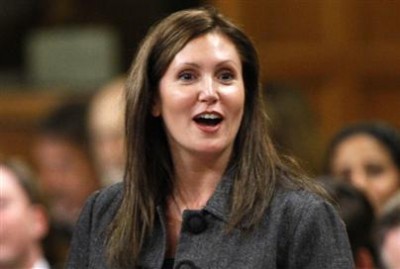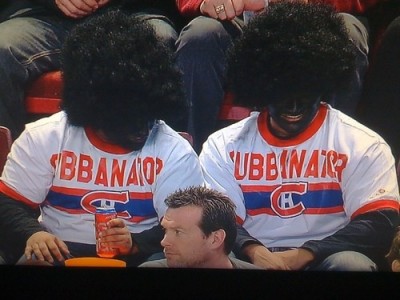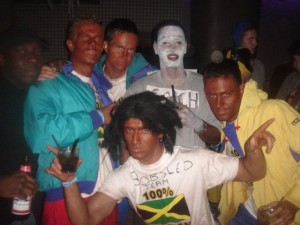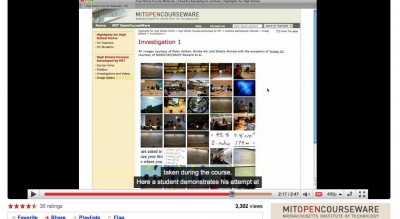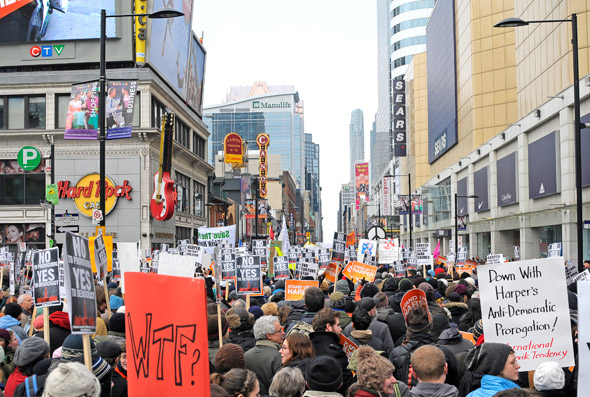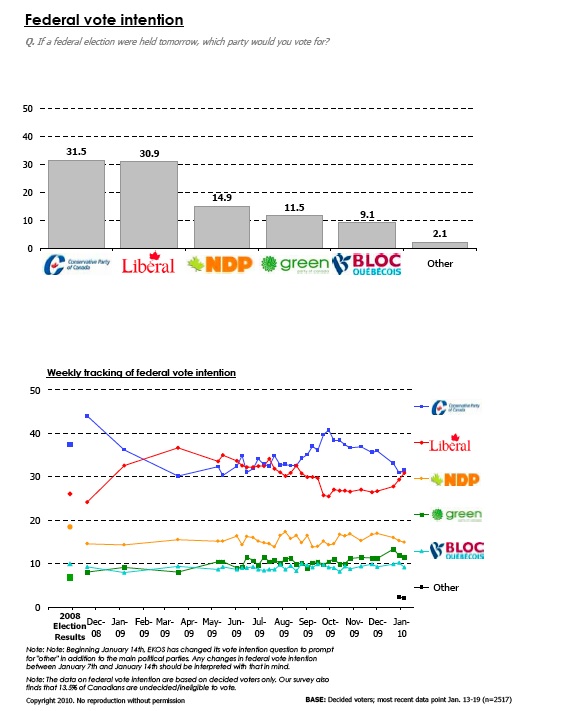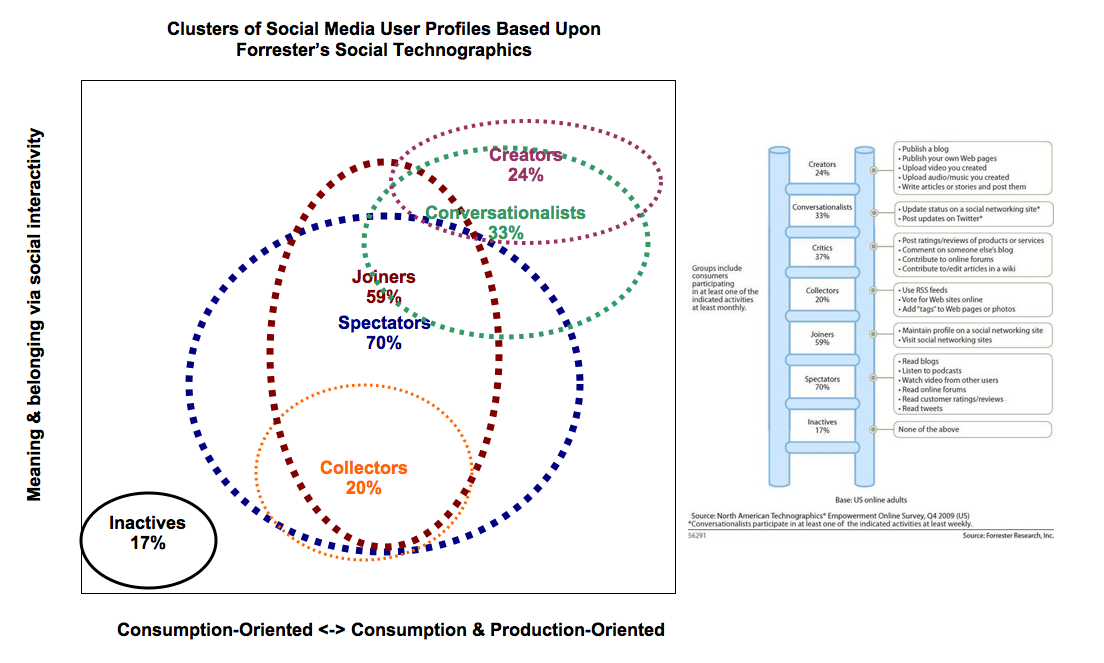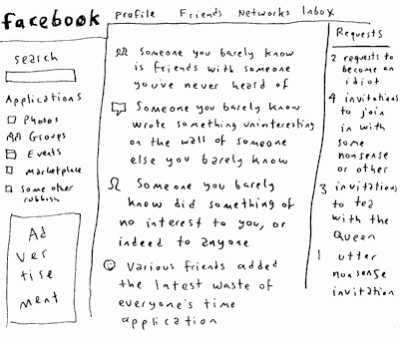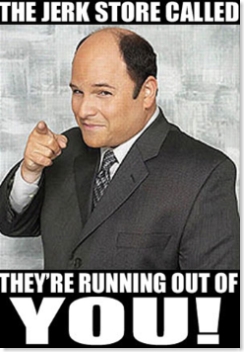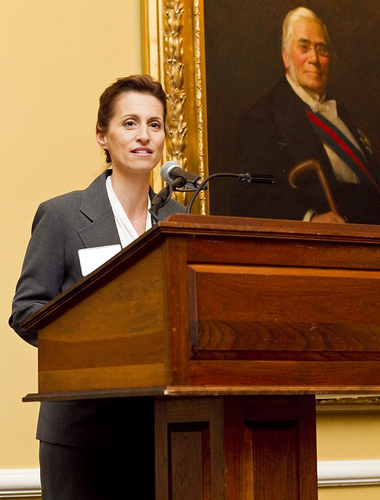
Crossposted on rhizomicon
Notes from north of 49ºN
Last month, the Toronto Star ran an article on the use of social media in Toronto’s mayoral race. This fall’s election will be the first since the proliferation of social media and the wake of Obama’s campaign 2.0. A CTVGlobemedia poll released this week shows that the race is tightening up, as heir apparent George Smitherman {15.9%} was leapfrogged by Rob Ford {17.8} with a 3.1% margin of error and 37.9% undecided.
Now, most of the candidates have embraced social media with various “chiclets”::
![]()
for sites like Twitter and YouTube. The “downside” of social media is that it can be hard or impossible to control. This clip of a documentary where Rob Ford gets on the case of a reporter for calling him a “fat f*ck” was making the rounds on YouTube::
Well, first off, this dispels the irksome myth that all Canadians are mild-mannered and polite. How does this video play in the court of public opinion? It’s hard to say. Some might be turned off by Ford’s confrontational style, but it might be “on code” with his feisty approach and accountability stance. Smitherman is no shrinking violet, so it may be interesting if Smitherman and Ford go after each other and voters can see it on YouTube.
I think Twitter offers an interesting mode for engagement. Provincially, here in the Toronto Centre riding, Liberal MPP Glen Murray does a great job of using Twitter to have conversations with constituents. The mayoral candidates should look to Twitter to both engage voters and mobilize supporters, as well as crowdsource ideas to help round-out platforms. A breakdown of the candidates’ Twitter presence follows, in their order in the CTVGlobemedia poll with following/followers/Tweets::
- Rob Ford {17.8%} 151/663/256
- George Smitherman {15.9%} 1,540/1,609/119
- Joe Pantalone {10.1%} 508/591/245
- Rocco Rossi {9.1%} 1,019/1,432/732
- Sarah Thomson {5.8%} 1,017/1,082/1,066
- Giorgio Mammoliti {2.5%} 618/474/ 274
I think it’s important for candidates to follow their followers in order to get the most out of Twitter and the conversations it can foster. Rossi and Thomson are Tweeting frequently and it would be interesting for their campaigns to gauge and analyze how Twitter affects metrics for the various functional areas of the campaign, e.g., volunteering, fundraising, attendance at events, etc.
Song:: XTC-‘Mayor of Simpleton’
Twitterversion:: [blog] Can #Twitter be a gamechanger in #Toronto mayoral race, offering conversations & engagement? #ThickCulture #VoteTO @Prof_K



